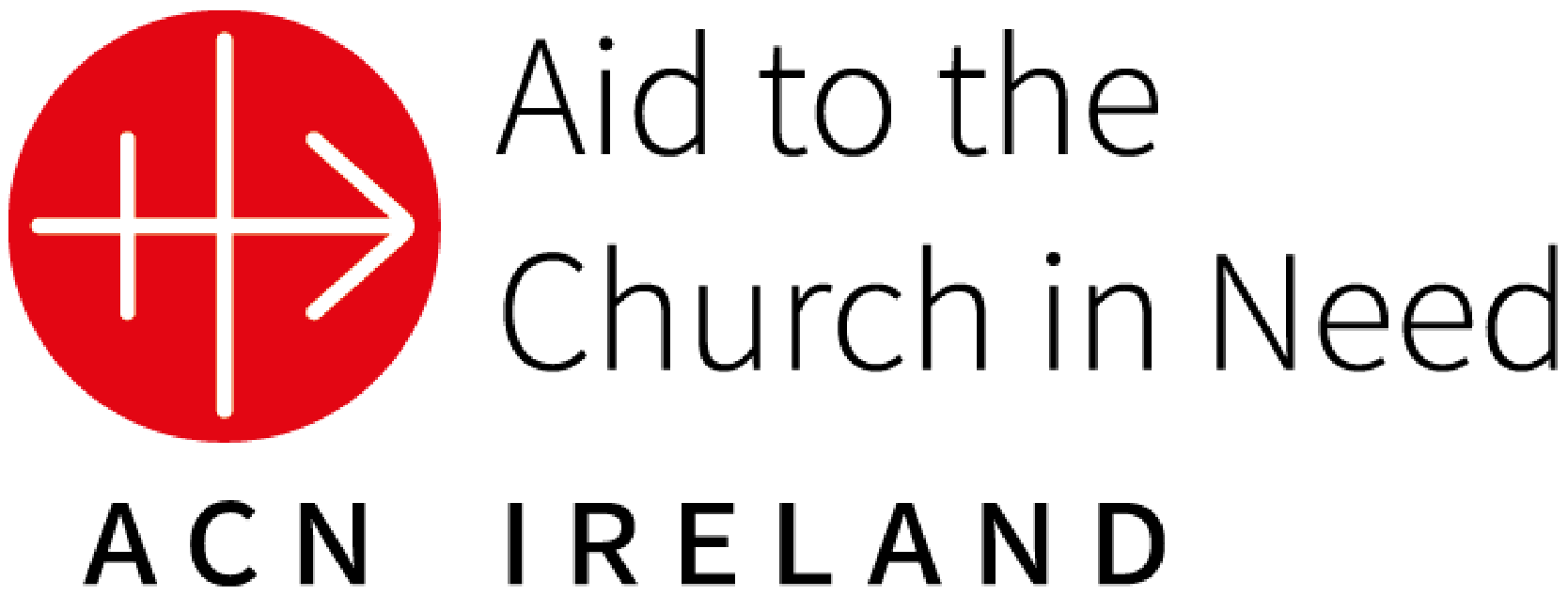Ireland's Mass Rocks
Probably the most unique tradition of the Irish Catholic Church are the island’s Mass Rocks. Mass Rocks have their origin in the long history of the persecution of Ireland’s majority Catholic population by the British Protestant authorities who use to control the island. During times of persecution, Irish Catholics met in secret to celebrate outdoor clandestine Masses on Mass Rocks.
By ACN Staff
Fr. Jim Lenihan celebrating Holy Mass at Pike Wood Mass Rock, Diocese of Kerry. (Credit: Aid to the Church in Need)
The traditions of the Irish Church have been impacted by the persecution our Catholic ancestors went through in the 16th-18th centuries. The Irish Church found the courage to hold true to the Faith in face of intensive persecution.
Fr. Bill Shaughnessy, with the Reverend Deacon Derek Leonard, celebrating Holy Mass at a Mass Rock in the Dublin Mountains. (Credit: Aid to the Church in Need)
Henry VIII first attempted to have the Irish Church break with the Bishop of Rome in 1536. Outside English-controlled areas of the island Henry’s policies were ignored. In places like Dublin, Henry’s attempts to seize monastic land met with strong opposition. Many religious, like the Cistercians of St. Mary’s Abbey in Dublin, were martyred for refusing to comply with the king’s demands.
Henry’s son, Edward VI, banned the Holy Sacrifice of the Mass. By the early 17th century, the English Crown had succeeded in seizing control of most of the island. Catholic churches were confiscated, and priests had to go into hiding. The situation became even worse after Oliver Cromwell invaded Ireland in 1649. Cromwell’s troops carried out killings and massacres and were determined to wipe Catholicism out. Priests were ordered to leave Ireland or face death. A Gaelic poet from the era called Éamonn an Dúna wrote a poem about those times in Ireland. Éamonn lists English phrases he remembers, presumably after hearing them from English troops. The phrases give a chilling insight to what was done to Catholics in Ireland by Cromwell’s men:
“A tory, hack him, hang him, a rebel,
a rogue, a thief, a priest, a papist.”
Across Ireland, Catholics, both descendants of the native Gaels and Norman settlers, secretly attended clandestine Masses. In rural areas these clandestine Masses were celebrated at Mass Rocks, which are naturally occurring or manmade rocks that have been converted into outdoor altars.
Mass Rocks were in heavy use in the 17th and 18th centuries, with them continuing to be used in some areas into the 19th century. The risks taken by priests, who celebrated Holy Mass on these Mass Rocks, helped keep Ireland true to the Catholic Faith.
One such priest was Fr. Nicholas Mayler from Co. Wexford. Fr. Mayler was parish priest for Tacumshane and Tomhaggard on the southeast coast of Co. Wexford during the time of the Cromwellian invasion of Ireland. Fr. Mayler stayed to minister to his congregation. On Christmas Day 1653, Fr. Mayler was celebrating Holy Mass at a Mass Rock at Tomhaggard. English troops arrived in the middle of the Mass and killed Fr. Mayler. A local parishioner Mrs. Lambert managed to recover the chalice and give it to Fr. Mayler’s family. In the 19th century, one of Fr. Mayler’s relative, Archdeacon Philip Mayler, returned Fr. Mayler’s chalice to Tomhaggard. You can read more about Fr. Mayler in Fr. Jim Doyle’s article.
On the 20th of June, we celebrate the Feast of the Irish Martyrs. Many parishes around Ireland have local traditions of celebrating Holy Mass at Mass Rocks to this day. For us at ACN, this is an essential part of the traditional practices of the Irish Catholic Church. For this reason, this year ACN organised for a Mass to be celebrated at a Mass Rock in each of Ireland’s 26 dioceses. These Masses were offered from the renewal of the Faith in Ireland through the intercession of the Irish Martyrs, and that Irishmen and Irishwomen may return to the Faith of our Catholic ancestors.


